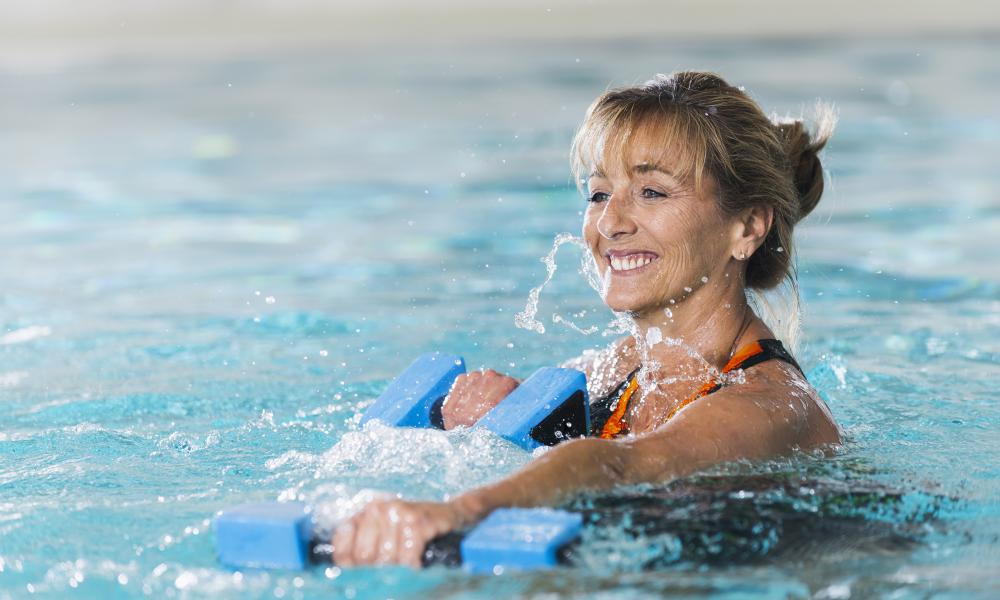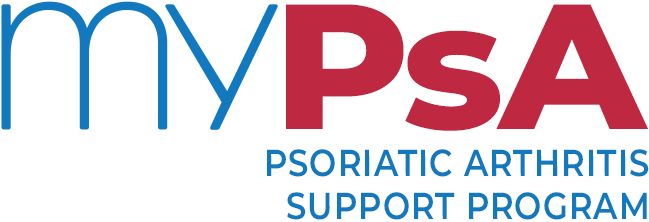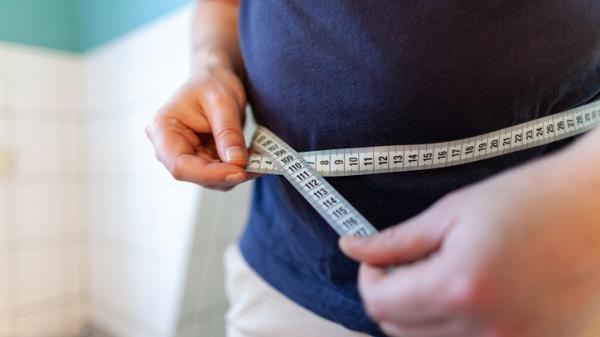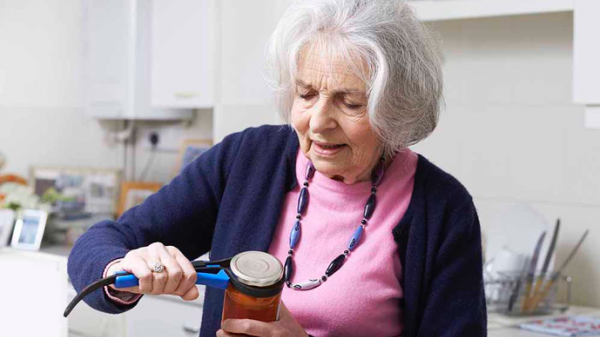
What is water exercise?
Water exercise involves exercising in a pool, usually a heated, warm water pool, and may also be called ‘hydrotherapy’. It is one of the most comfortable and effective ways that a person with psoriatic arthritis (PsA) can exercise because the joints and muscles can be exercised while supported in the water.
Water exercise is safe and suitable for people with arthritis. There are various options, depending on your needs, fitness and ability.
Are there different pools that I can exercise in?
Depending on where you live, you may be able to access different types of pools.
A hydrotherapy pool is heated to around 34 degrees Celsius, which helps loosen up joints and muscles and keeps you warm while you are exercising. This type of warmer pool is usually more helpful when pain is a significant issue.
Hydrotherapy pools are usually found at hospitals, community health rehabilitation centres, some physiotherapy clinics or leisure centre complexes. They generally have a ramp, hoist or gently sloping steps, rather than a ladder, to make it easier to get in and out of the pool.
Public swimming pools are typically heated to about 28 degrees Celsius, which is a more comfortable temperature for people swimming laps or exercising more vigorously.
What are the benefits of exercising in water?
Water exercise is an excellent way for people with PsA to build strength, ease stiff joints and relax sore muscles.
The buoyancy of the water takes the weight off painful joints. For example, if you stand in chest deep water, your legs only have to support a third of your body weight. This is why many people with PsA in their feet, knees, back and hips find they are more comfortable and can move more freely in water than they can on land.
The heat of the water can also relieve pain and warm up your muscles and joints so they are able to move easily.
Water can provide as little or as much resistance as you like. This means exercises can be easily adjusted to suit people with varied strength and mobility. Exercising in water can also improve endurance and fitness.
Who benefits from water exercise?
Water exercise can be beneficial for people with PsA. It is particularly helpful for people:
- with arthritis in several joints as all joints can be exercised at once
- with conditions affecting feet, knees, hips and back
- preparing for or recovering from joint replacement surgery
- who find it difficult or painful to exercise on land.
What sort of exercise can I do in water?
There are several different ways you can exercise in water. It depends on how your PsA is affecting you, your fitness level, ability and interests:
- If you are new to water exercise or your PsA is limiting your ability to exercise, you may find it useful to have one-on-one sessions in a hydrotherapy pool with a physiotherapist. This involves a physiotherapist prescribing and helping you with specific exercises for your condition. The physiotherapist may also use other therapy techniques, such as joint mobilisation or stretching. When you are familiar with your exercises, your physiotherapist may suggest you continue your program independently or join a suitable water exercise class.
- Some hydrotherapy pools may have times when you can use the pool to do your own exercise program independently. It is important to get a program individualised for your needs by a physiotherapist, and remember that exercises that you see other people doing may not be right for you.
- If you are interested in a group class, you may be able to join a gentle water exercise class. There may be suitable classes at local pools or at hydrotherapy pools. These classes are usually aimed at older adults or people with health conditions such as arthritis. The class is usually led by a fitness instructor or trained volunteer (for example, from a self-help group). Everyone usually follows the same routine and the exercises cover the whole body, not specific joints.
- If you don’t have significant difficulties with pain or mobility, you could join a water aerobics class at your local pool. These classes are usually run by fitness instructors and often involve similar routines as aerobics classes on land. Everyone follows the same routine and it is often done in time with music. These classes target the whole body and also aim to improve the fitness of your heart and lungs.
- You could swim laps at your local pool. Your PsA may affect your swimming technique so you may find it useful to see a swim instructor or physiotherapist to help you adjust your stroke if it is causing pain.
What if I can’t swim?
For most water exercise classes, you do not have to be able to swim to join in. You will not need to put your head underwater but you should feel confident to let go of the pool edge and walk around in the pool on your own. If you need assistance with this, one-on-one sessions with a physiotherapist in a hydrotherapy pool may be more suitable for you until you gain more confidence in the water.
How do I get started?
- Contact your local Arthritis Office for details of hydrotherapy pools and gentle water exercise classes in your area.
- Contact your local pool or community health centre to find out if they offer suitable classes for your condition and ability.
- If you are interested in having one-on-one sessions with a physiotherapist in a hydrotherapy pool, contact the Australian Physiotherapy Association to find an aquatic physiotherapist. Some public physiotherapy services may also offer one-on-one sessions – contact your local community health centre for details or ask your doctor.
CONTACT YOUR LOCAL ARTHRITIS OFFICE FOR MORE INFORMATION AND SUPPORT SERVICES.










